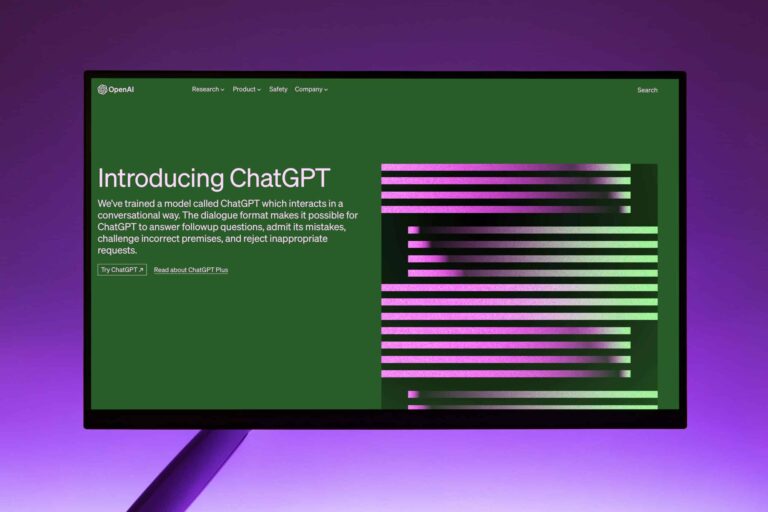OpenAI has unveiled Chat GPT-4, the latest version of its revolutionary generative artificial intelligence tool. This new iteration promises an unprecedented level of creativity and collaboration, with an exceptional ability to tackle complex problems.
In this article, we will explore the main new features, find out the differences between GPT-4 and the previous version, GPT-3.5, and see when this exciting new technology is scheduled to be launched.
Table of Contents
GPT-4 will analyze both text and images
OpenAI recently launched GPT-4, the latest version of its generative artificial intelligence technology.
New features include the ability to analyze different types of input data and greater accuracy in providing answers to complex queries.
GPT-4’s progress is particularly evident in its performance on a variety of tests, benchmarks, and mock exams. Such as the Uniform Bar Exam, LSAT, SAT Math, and SAT Evidence-Based Reading & Writing. In these tests, GPT-4 achieved 10% higher scores than human participants.
The most innovative feature is the multimodal input functionality. However, while the AI can process data from a variety of sources, such as photos, images and graphics, the output generated will always be in text format.
This means that users will be able to leverage GPT-4 to analyze a wide range of materials. From documents containing graphs and figures to textbooks, photos, and screenshots.
GPT-4 can understand and synthesize all this information. Thus reformulating it in a variety of ways and tones that can be customized to the user’s needs.
Read also: ChatGPT, all the pros and cons of the software at the center of world attention
Improved accuracy in response processing
Despite its improvements, GPT-4 still has some imperfections and limitations typical of previous language models.
One known problem is the tendency to generate made-up and incorrect answers that appear with the same authority as correct ones. This is due to the lack of understanding of true and false by artificial intelligence systems.
However, compared with GPT-3, GPT-4 has shown significant progress, with a 40% reduction in the rate of “hallucinations.”
In addition, the probability of GPT-4 generating violent or harmful texts in response to requests for disallowed content decreased by 82 percent, making the system safer in daily use.
OpenAI however still recommends caution when using its outputs, especially in high-risk contexts.
Read also: Chinese search giant Baidu unveils Ernie Bot, its alternative to ChatGPT












